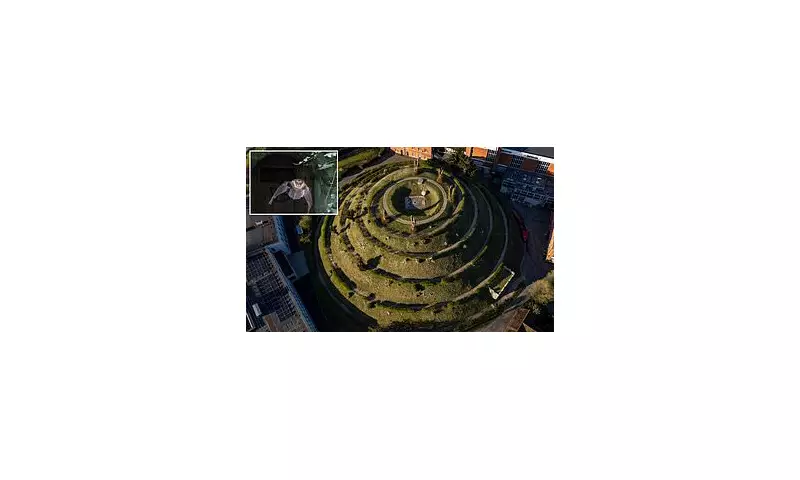
Plans to reduce the height of the historic Marlborough Mound have been scuppered by an unexpected obstacle—a colony of protected bats. The ancient landmark, which dates back thousands of years, was set to undergo trimming to restore its original profile. However, ecologists discovered that the mound is home to several species of bats, including the rare Barbastella barbastellus, forcing authorities to rethink the project.
Conservation vs. Heritage
The discovery has sparked a debate between heritage conservationists and wildlife protectors. While historians argue that reducing the mound’s height is crucial to preserving its historical integrity, ecologists insist that disturbing the bats’ habitat would violate UK wildlife laws. The bats are legally protected under the Wildlife and Countryside Act 1981, making any disruptive work illegal without special mitigation measures.
A Landmark Steeped in History
The Marlborough Mound, often referred to as "Silbury Hill’s little sister," is believed to have been constructed over 4,000 years ago. It stands at 19 meters tall and has served various purposes throughout history, from a Norman motte to a garden feature for Marlborough College. The proposed work aimed to return the mound to its medieval proportions, but the bats have put those plans on hold indefinitely.
What Happens Next?
Authorities are now exploring alternative solutions, such as phased work outside of bat breeding seasons or creating new roosting sites nearby. However, any action will require careful planning and approval from Natural England. For now, the bats reign supreme over this ancient monument.





